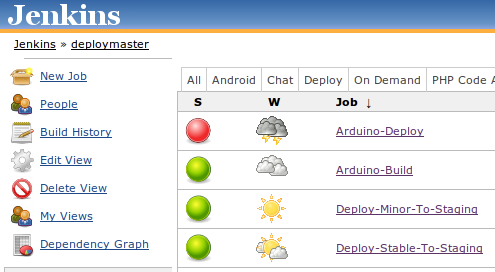
To run the script in the local tree, follow the steps below: detailed-report, see their respective -help sections.

These also affect the outputs of -testcase-report and You or some higher level automation invoked twister with The target device is not connected and not available for flashing The test configuration has defined a harness but you don’t have The test is marked as build_only: true in its. Shows for every test how the test is run (qemu, native_posix, etc.) or When using (at least) one -v option, twister’s console output Tests for different boards and different configurations to help keep the Because of its limited test execution coverage, twisterĬannot guarantee local changes will succeed in the full buildĮnvironment, but it does sufficient testing by building samples and In normal use, twister runs a limited set of kernel tests (insideĪn emulator). The default options will build the majority of the tests on a defined set ofīoards and will run in an emulated environment if available for theĪrchitecture or configuration being tested. By default, it tries to build each testĬase on boards marked as default in the board definition file. SerialPort(USBclient(), '/dev/ttyACM0', reactor, baudrate='115200')Īs you can see the code is just looking for anything on the serial port but I can't seem to make that magic happen.This script scans for the set of unit test applications in the git repositoryĪnd attempts to execute them. Print 'data from arduino is at the serial port!'ĭef render_GET(self, request): #passes the data from the get request Print 'Arduino device: ', serServ, ' is connected.'ĭef serialReadEvent(self): #maybe it should be: doRead()? Couldn't get either to work. Anyway here is what I have so far: import sysįrom import Factory, Protocolįrom import SerialPort I just cannot seem to find a good example for Twisted Python online to receive serial data or at least an example that I understand. :/ I have been working on this for a bit over a month and seem to be stuck. I cannot seem to get this code to listen to that same serial port though. The code below runs on the RPi, receives a GET request and passes some of that data through the serial port to the Arduino. I verified that the Arduino is sending chars every 2 seconds with a serial monitor application in the Arduino programmer running on the RPi.

However I cannot seem to generate Twisted code which will detect anything coming from the Arduino to the RPi on the serial port.

So far I am able to send from the Raspberry Pi to the Arduino and effectively turn its LED off/on just as expected. I am trying to keep it simple for now and just trying to send a char at any one time between the two devices. I have been working on an Arduino/Raspberry Pi project where I have found myself learning not just Python but Twisted Python as well so I apologize in advance for my newbness.


 0 kommentar(er)
0 kommentar(er)
